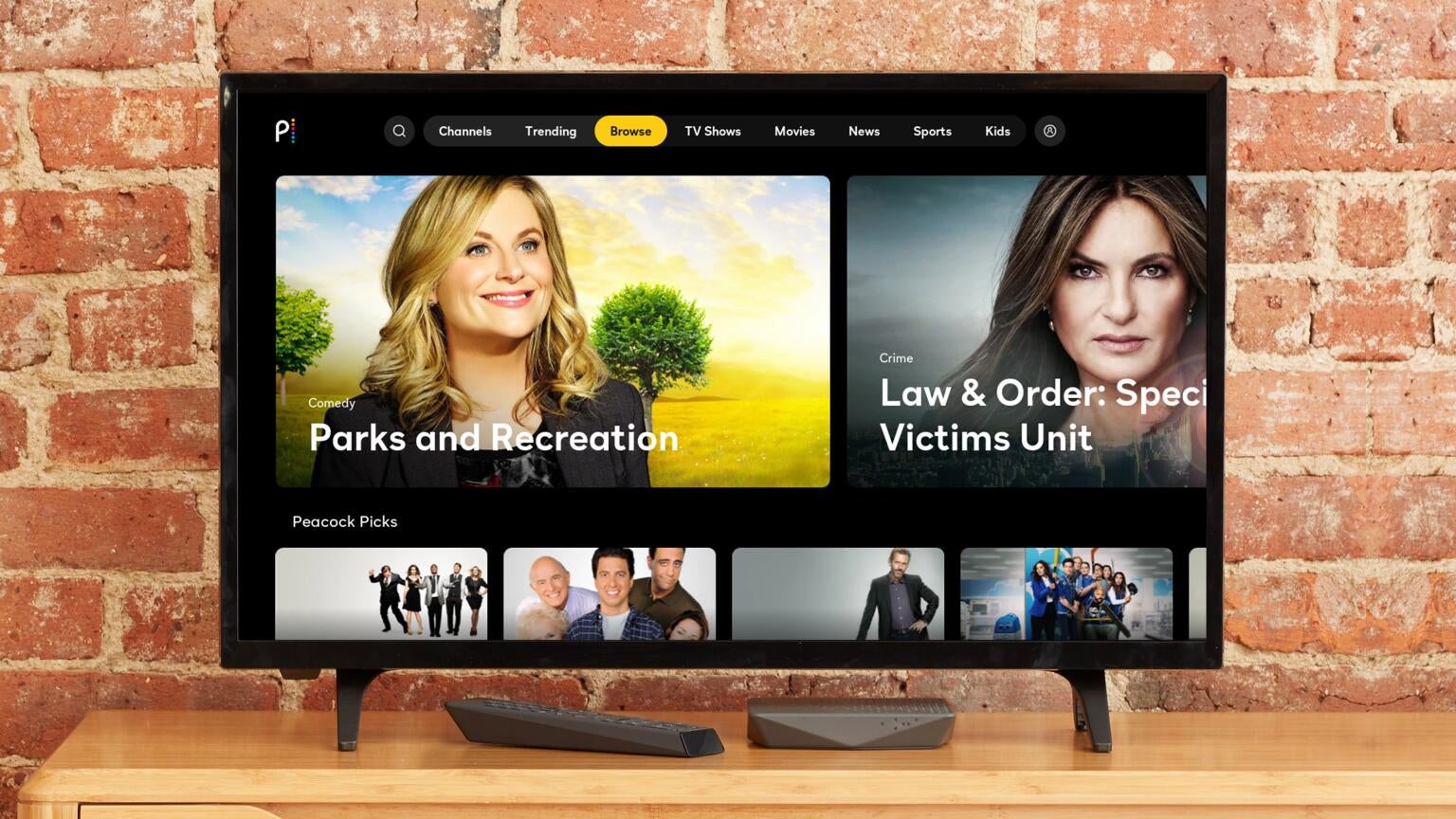
Churn is pretty much inevitable for streaming services. As viewers consume new content and find themselves less than enthralled by the content that’s remaining, they look to other sources to fuel their hunger for new entertainment. While services are hit to different degrees by churn—some may not see any from one quarter to another—some are hit harder than others. A new study from Kantar Entertainment on Demand illustrates that point, and reveals the hardest hit service: Peacock.

The Kantar data revealed that Peacock lost 13% of its paying subscribers between Q1 and Q2 of 2021. Amazingly, this represents an improvement from the Q1 churn of 15%.
Perhaps even more alarming, churn on the ad-supported free tier rose to 9%, more than double those seen between the previous two quarters. That’s right. Nearly 1-in-10 Peacock users stopped using a free product.
Peacock wasn’t the only free service to see customers churning. Pluto TV and Crackle saw a 2% increase from 6% to 8%. Tubi saw its churn go from 7% to 10%.

The other covered services saw churn that was either flat or lowered overall. Both Amazon Prime Video and Netflix maintained an industry-best 4% churn rate from one quarter to the next. Apple TV+ saw its churn rate decline 6%, going from 15% in the first quarter to 9% in the second.
For the most part, churn is actually declining over the streaming market. The overall churn rate for the industry in the fourth quarter of 2020 was 7%. That increased to 8% for the first quarter of 2021, but dropped to 6% for the second quarter.

So why are we seeing the churn rates we’re seeing? The Kantar study covered that too. The overwhelming majority noted that “saving money” was the biggest reason for five quarters running. However, with the latest quarter, “saving money” was only a narrow win over the second biggest reason “I wanted a particular film or series.” “Saving money” may have been the majority pick, but it was in decline for three quarters running. Reasons on the rise included, as mentioned, “wanted a particular film,” but “switched video providers,” “not enough new content,” and “too many subs / can’t use them all”.
The Kantar study dovetails well with the recent Video Trends Report from TiVo. In our coverage of that report, we found that households had an average of nine streaming services on average, spending about $32 per month. We also found out that certain demographics actually had more than the average, with the 18- to 35-year old market averaging just over 12 services per person.
Knowing that, Kantar’s revelation that more users are canceling services because there wasn’t enough new content or that they had too many subscriptions already makes perfect sense. Streaming customers don’t seem especially price-sensitive, either; while “saving money” was the biggest reason for the last five years, that reason’s been on the decline for the last three of those years. It was the only other declining reason in the study as well, right behind “price has gone up / will not pay.”
Streaming customers may have come around to the entertainment bargain they’re getting. They’re also very concerned about what content is available. It might explain why free and ad-supported services like Tubi and Crackle—and yes, Peacock—saw the biggest negative churn. All those catalog titles add necessary bulk and filler, but you can only watch The Brady Bunch so many times. Customers demand, and will pay for, something new and different, and the Kantar data drives that point home nicely.